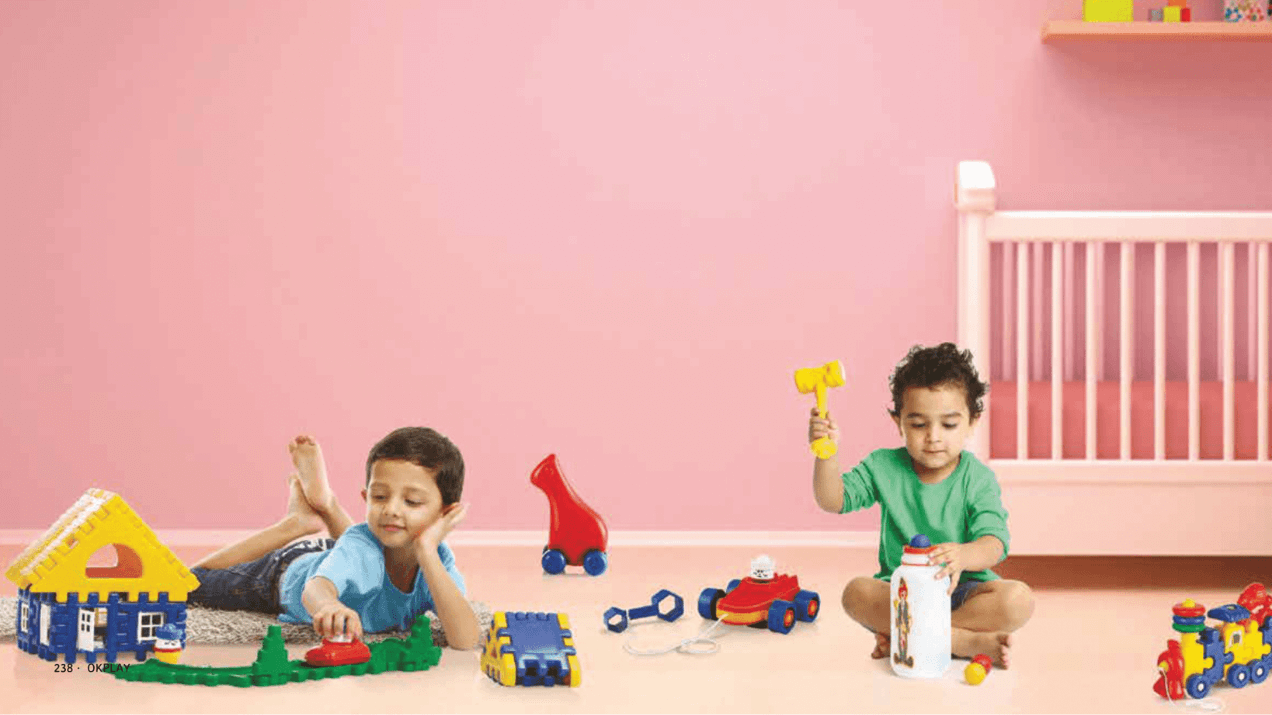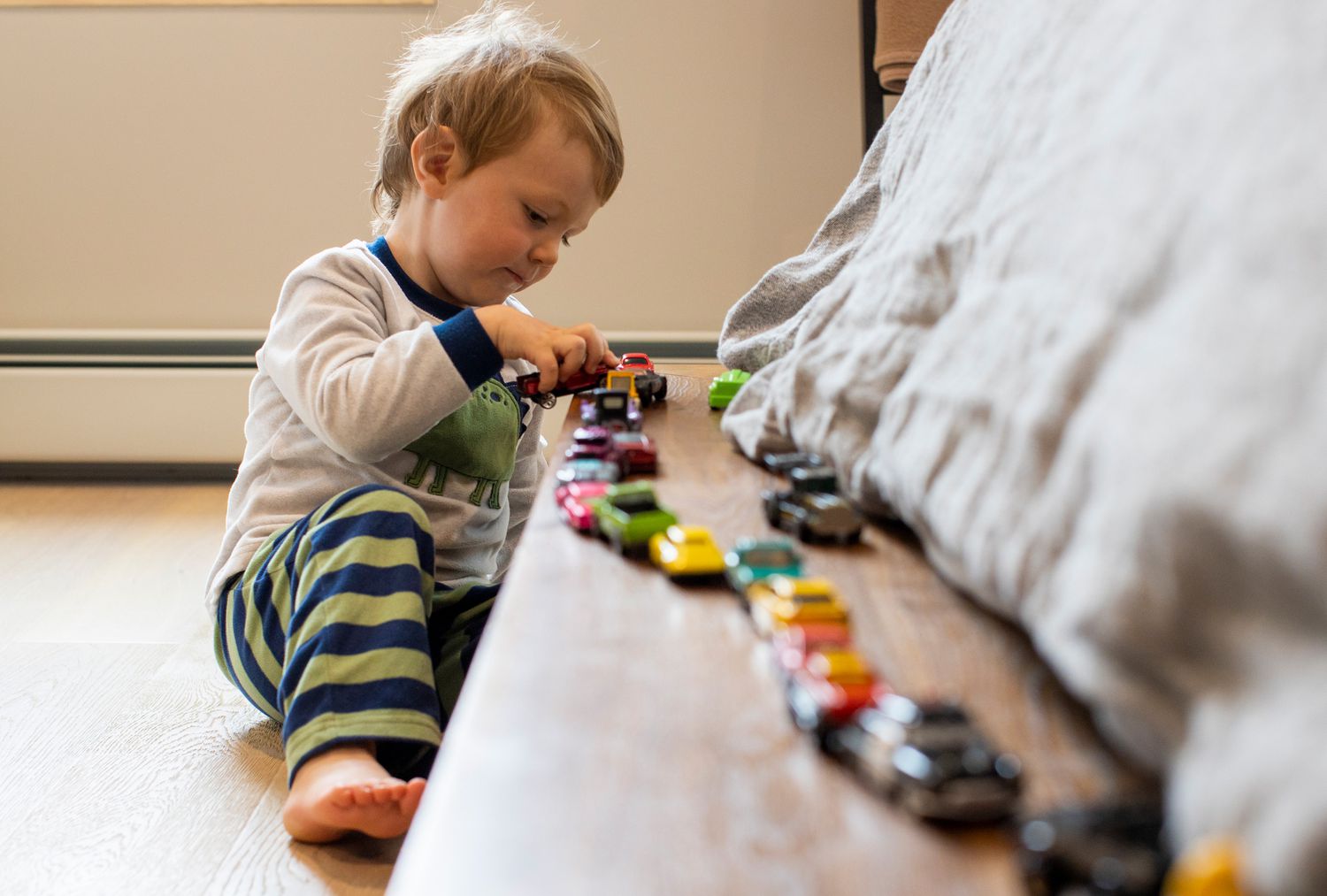When Do Babies Start Playing With Toys? A Peek into Their Development
The world of a newborn is a whirlwind of new sensations. Every touch, every sound, every sight is a fascinating discovery. But when does this exploration translate into play with toys? While there’s no single answer, this article delves into the developmental stages that lead to playful interactions with objects.
From Reflexes to Reaching: The Early Months (0-3 Months)
The first three months of a baby’s life are a whirlwind of fascinating firsts. Newborn reflexes dominate their movements, but even in these early days, the foundation for future play is being built.
A World of New Sensations
Imagine a world where everything is brand new. Every touch, sound, and sight is a captivating discovery. This is the world of a newborn. While their movements are mostly reflexive – think grasping, rooting, and startling – they are constantly taking in information through their senses.
Drawn to Comfort and Contrast
Newborns are especially drawn to high-contrast patterns and calming sounds. Black and white mobiles with bold shapes capture their attention, and the sound of a parent’s voice is a source of comfort. These early preferences lay the groundwork for their future fascination with toys.
The Dawn of Purposeful Movement
Around two months, babies begin to develop more control over their movements. They can bat at dangling objects and hold onto toys placed in their hands for short periods. This newfound ability sparks curiosity and a desire to explore. They start to mouth objects, learning about textures and shapes through this sensory experience. Simple rattles and soft, crinkly toys become objects of delight.
Building the Foundation for Play
While they may not be playing in the traditional sense, these early interactions with objects lay the foundation for future play. They are learning about cause and effect, exploring textures and sounds, and developing the hand-eye coordination they’ll need for more complex play later on.
The Importance of Engagement
Even in these early months, engaging with your baby during playtime is important. Talk to them in a soft, soothing voice, sing songs, and gently move toys within their grasp. This interaction helps them feel secure and loved, and it fosters a love of play that will continue to blossom as they grow.
Exploring Through Senses: The Second Trimester (4-6 Months)
The period between 4 and 6 months is a time of explosive development for babies. They gain greater control over their head and neck, allowing them to observe their surroundings with laser focus. This newfound ability, coupled with improved grasping and hand-to-hand coordination, fuels their desire to explore everything within reach. Sensory play takes center stage during this exciting phase.
A Symphony of Textures and Sounds
Babies at this age become fascinated by the world around them, and their senses are the primary tools for exploration. Mouthing objects becomes a favorite pastime – it’s a way to learn about textures, shapes, and tastes. They delight in shaking rattles, banging toys on surfaces, and crinkling soft books. These seemingly simple actions are actually quite complex, requiring hand-eye coordination and cause-and-effect understanding.
A World of Color and Contrast
During this stage, babies are particularly drawn to toys with contrasting colors, textures, and sounds. A black and white mobile with dangling objects of different textures provides endless entertainment. They become captivated by brightly colored toys with rattles, bells, or crinkles – the visual and auditory stimulation fuels their curiosity.
Interactive Gyms and Engaging Books
Activity gyms become a haven for exploration. Babies love to bat at dangling toys, swat at mirrors, and reach for colorful shapes. Board books with high-contrast pictures spark their interest in visual storytelling. Simple, repetitive songs sung in a playful voice capture their attention and promote language development.
The Power of Caregiver Interaction
While babies are busy exploring independently, playtime is even more enriching with caregiver interaction. Narrate your actions as you change a diaper or get them dressed. Point out interesting objects during walks or playtime. Respond to their babbles and gurgles with enthusiasm. This back-and-forth communication strengthens the parent-child bond and fosters a love of learning through play.
Sensory Play: A Foundation for Future Learning
This sensory exploration during the second trimester is crucial for a baby’s development. It refines their motor skills, strengthens their sensory pathways, and lays the foundation for cognitive development. By engaging with objects of various textures, shapes, and sounds, babies learn about the world around them and experiment with cause and effect. These seemingly simple play experiences pave the way for more complex play patterns and problem-solving skills in the future.
Intentionality and Exploration: The Second Half of the First Year (6-12 Months)
Around 6 months, babies enter a whole new world of play. They develop object permanence, the understanding that objects continue to exist even when out of sight. This newfound knowledge fuels their desire to explore cause and effect. They experiment with dropping objects, pushing buttons, and making sounds with toys.
Sitting independently allows them to interact with toys in new ways. They can stack and unstack blocks, roll balls, and put objects in and out of containers. Pretend play begins to emerge as they mimic actions they see around them, such as talking on a phone or feeding a doll. Simple toy cars, stuffed animals, and nesting cups become their tools for exploration and imagination.
Choosing the Right Toys for Each Stage
While there’s no one-size-fits-all answer to when babies start playing with toys, understanding their developmental stages helps you choose age-appropriate options. Here’s a quick guide:
- Newborns to 3 Months: Opt for high-contrast mobiles, soft rattles, and crinkly books.
- 4-6 Months: Look for activity gyms, textured balls, teething rings, and board books with bold colors.
- 6-12 Months: Choose stackable blocks, nesting cups, shape sorters, push and pull toys, and simple musical toys.
Remember, the best toys are often the most open-ended ones. Let your baby explore freely and discover the joy of play on their own terms.
The Importance of Play: A Journey of Discoverywith toys
Play is not just about fun and entertainment; it’s crucial for a baby’s development. Through play, babies:
- Develop motor skills: Reaching, grasping, and manipulating objects refine their fine and gross motor skills.
- Explore cause and effect: They learn how their actions impact the world around them.
- Stimulate their senses: Toys that engage sight, touch, hearing, and taste promote healthy sensory development.
- Spark creativity and imagination: Play allows them to experiment, explore possibilities, and express themselves.
- Bond with caregivers: Playing together creates a warm, loving environment that strengthens the parent-child bond.
As your baby grows, so will their play. From simple exploration to imaginative scenarios, each stage offers a glimpse into their developing mind. Embrace the journey, cherish their playful moments, and provide them with safe, stimulating environments to explore the wonder of play.
